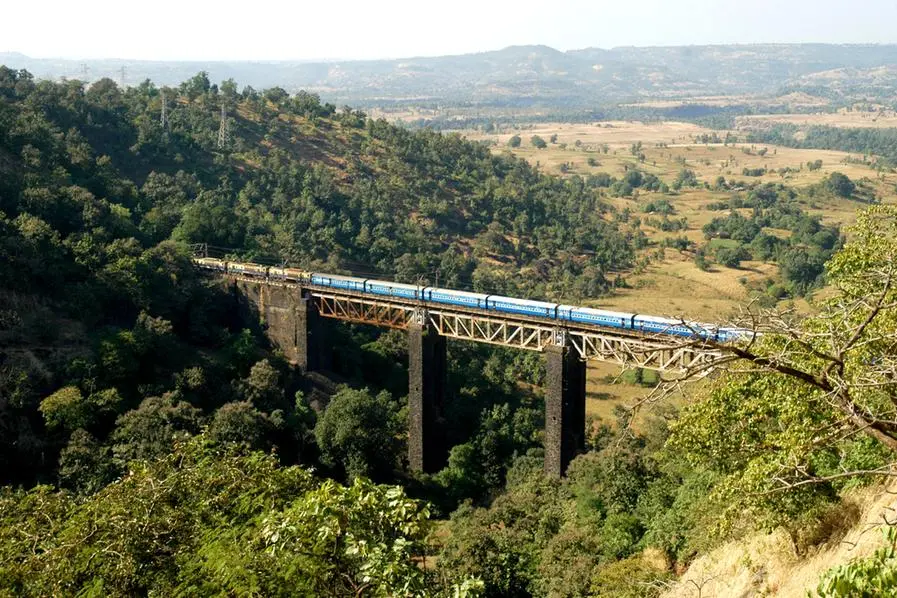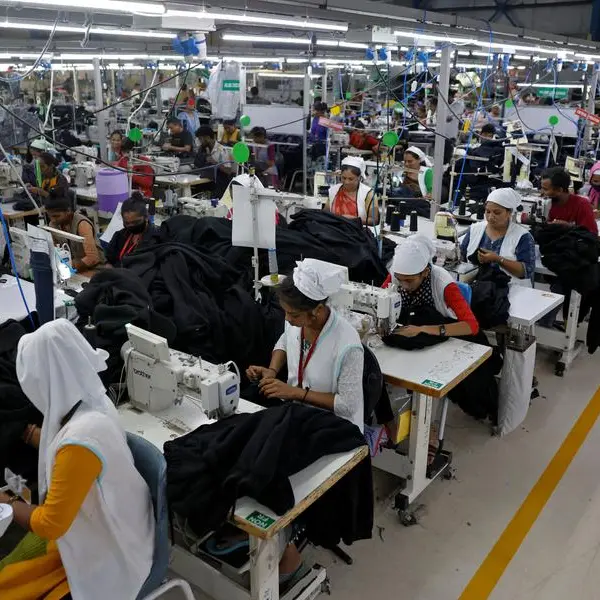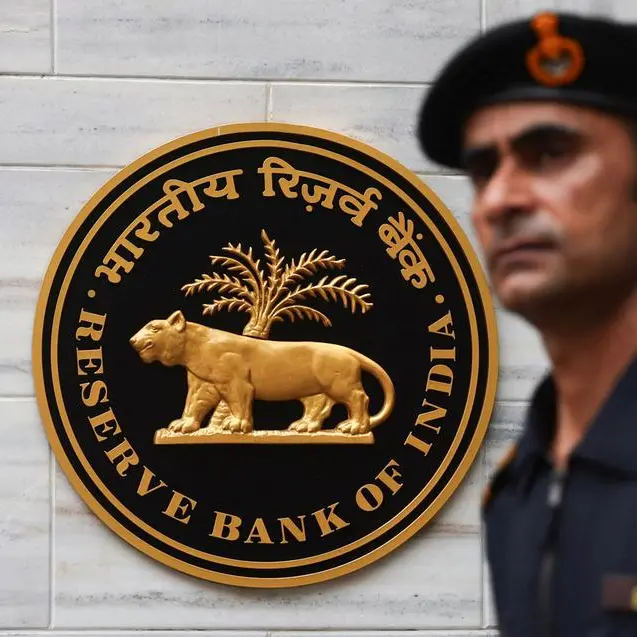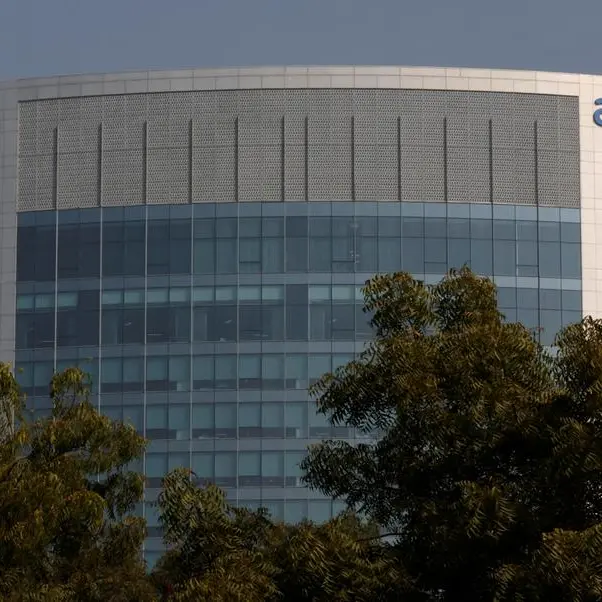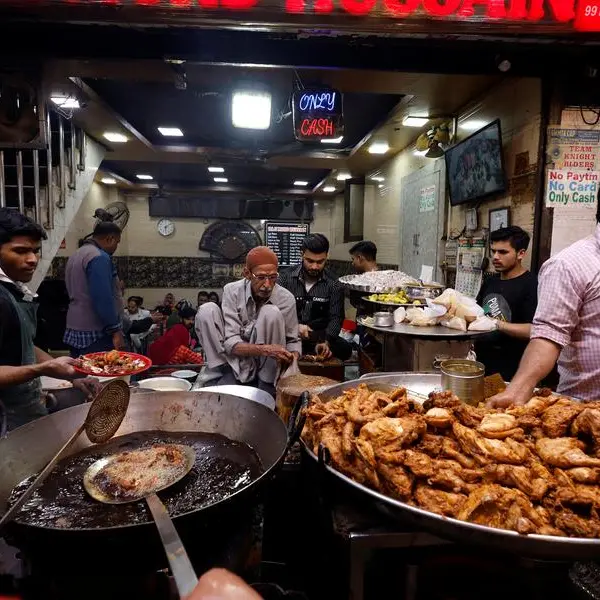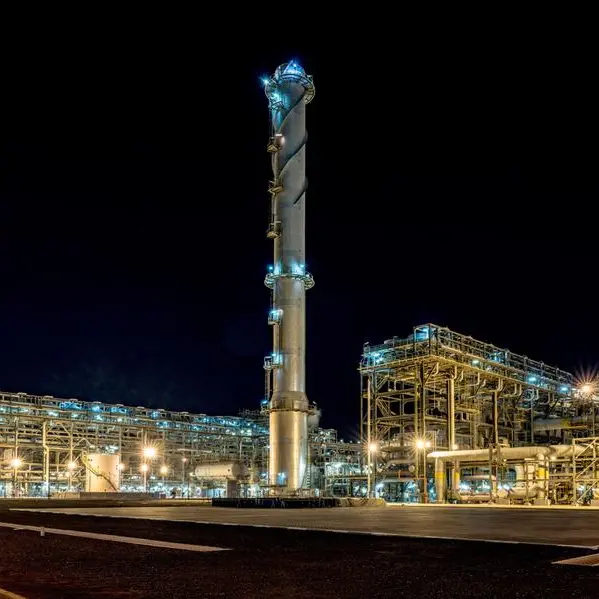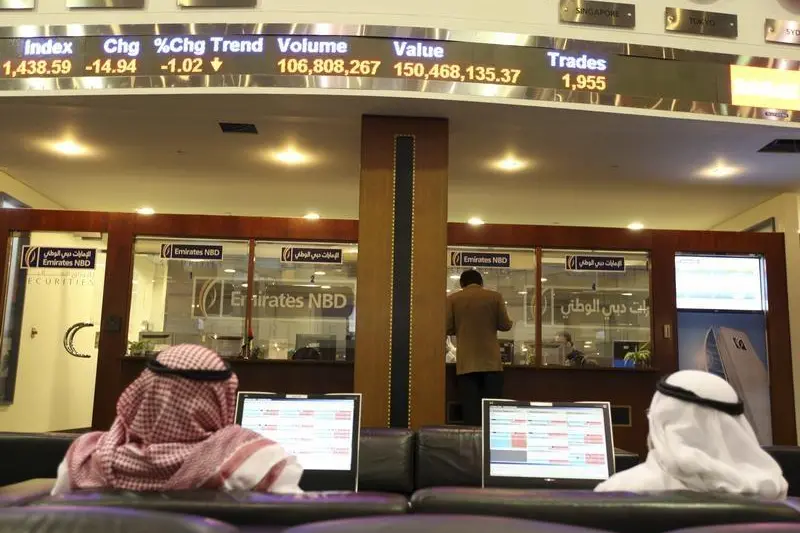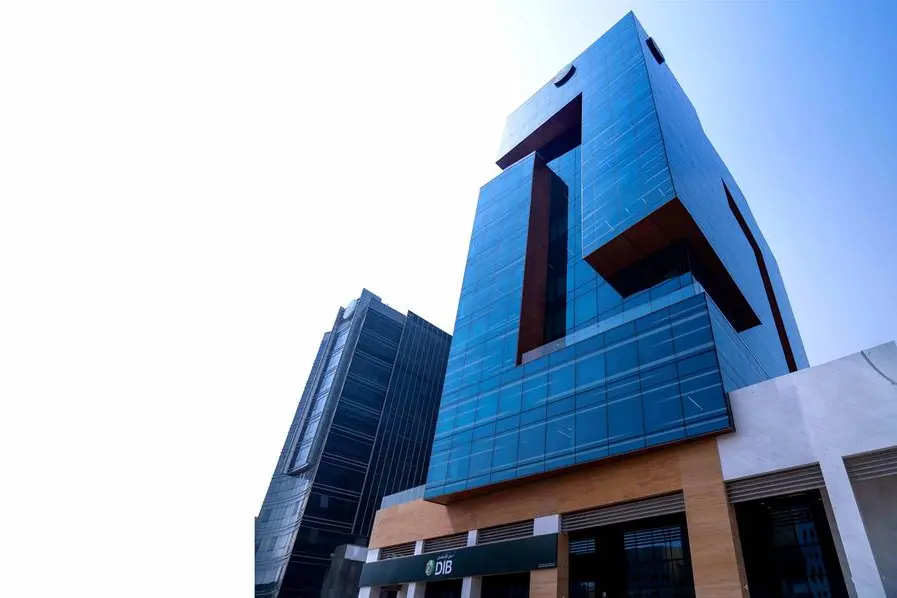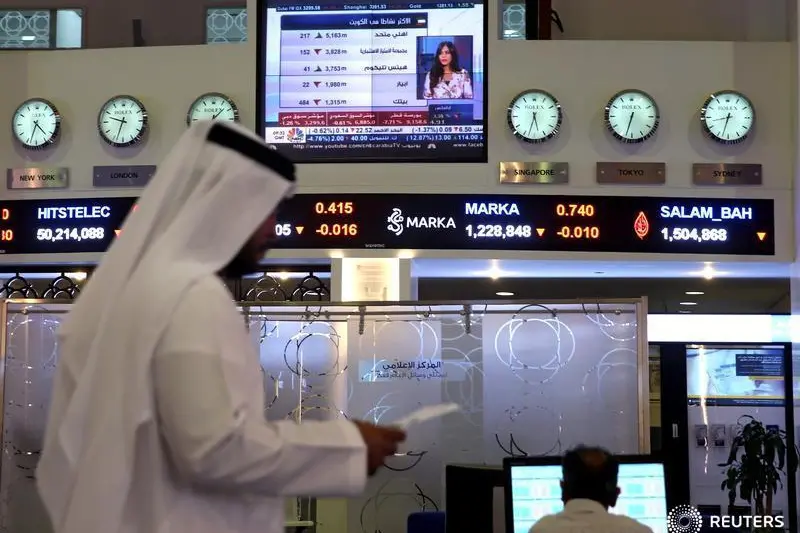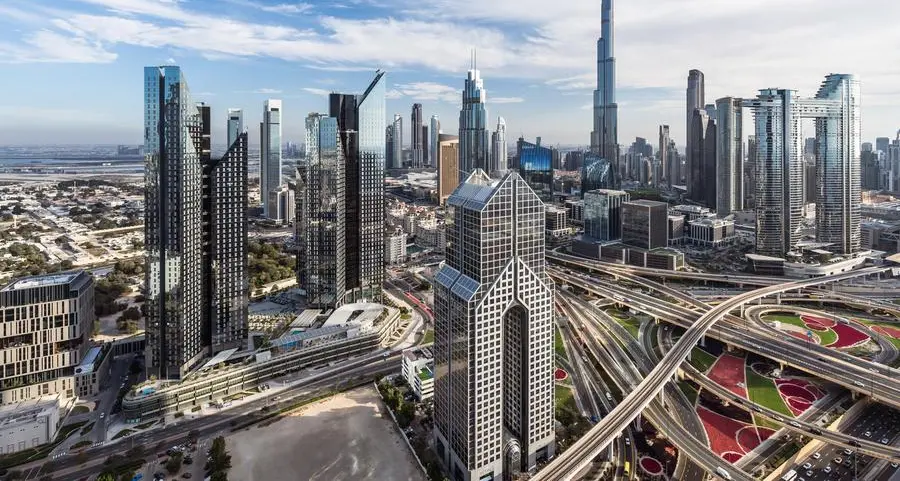PHOTO
A Indian Railways train passes through the Kasara Ghat in Maharashtra, India. Getty Images Image used for illustrative purpose.
New Delhi: The Indian logistics market, valued at Rs 9 trillion in FY23, is projected to grow significantly, reaching Rs 13.4 trillion by FY28, registering a compounded annual growth rate (CAGR) of 8-9 per cent, according to a recent report by Motilal Oswal.
This growth is being fuelled by structural shifts, technological advancements, and government initiatives aimed at reducing logistics costs and improving infrastructure.
The National Logistics Policy, unveiled in September 2022, has set goals to optimise India's logistics landscape. It has focused on increasing the share of railways in the freight movement (currently at 18 per cent) through the development of dedicated freight corridors (DFCs), improving road infrastructure, and expanding inland waterways.
The commissioning of DFCs, which are 96 per cent complete as of April 2024, is set to boost the capacity and efficiency of rail freight, increasing its share in the overall modal mix.
Additionally, the government's push for port privatisation has led to improved infrastructure and efficiency at Indian ports, benefiting major operators like Adani Ports and SEZ (APSEZ) and JSW Infrastructure.
India's logistics cost as a percentage of GDP currently stands at 14 per cent, significantly higher than the 8-9 per cent range in developed countries.
The skewed modal mix, with roads accounting for 71 per cent of freight movement, plays a major role in these elevated costs. In comparison, railways and waterways have a much smaller share of the logistics pie.
To tackle these inefficiencies, the government has implemented key initiatives such as the Goods and Services Tax (GST) and invested heavily in road infrastructure, inland waterways, and dedicated freight corridors (DFCs).
These measures are expected to reduce the logistics cost-to-GDP ratio to 8-9 per cent in the coming years, aligning India with global standards.
The logistics market is highly diverse, encompassing road transport, rail transport, air cargo, multimodal logistics, and industrial warehousing, among others.
The domestic express logistics segment is projected to grow at a faster pace, with a 14 per cent CAGR over FY23-28, driven largely by e-commerce expansion.
Organised players, who already control about 80 per cent of the market, are expected to solidify their dominance, leveraging government policies like the e-way bill and GST.
The less-than-truckload (LTL) segment in road transportation is also expected to witness notable growth, with a projected 10 per cent CAGR.
This growth has been spurred by the increased demand for smaller and more frequent shipments, bypassing warehouse storage, and directly reaching retailers.
© Muscat Media Group Provided by SyndiGate Media Inc. (Syndigate.info).
